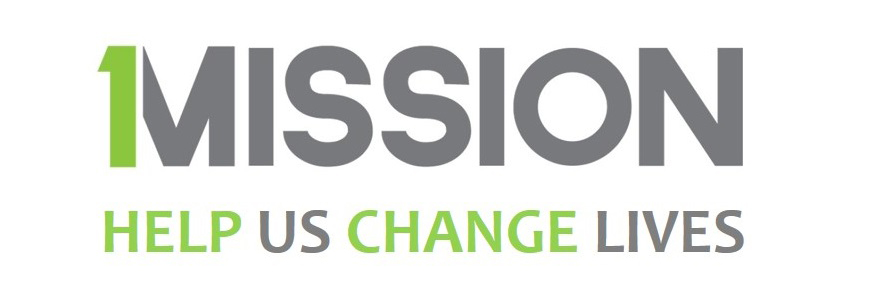Wake Up Wednesday - The 4 Disciplines of Execution - Week 4

The conclusion of the book hits on the key of every successful organization. It is all about the culture. The real heart of the execution process is all about making the team member commit long-term to the goal. For this to happen, employees have to become accountable to each other. Reviewing the scoreboard to see if the team is meeting the lead and lag goals to support the WIG creates accountability. From there, it becomes easier to plan for the upcoming weeks and set commitments to impact those measurements.
The Fourth Discipline of Execution: Establishing a Culture of Accountability.
Commitment to the overall goal can make or break a team. Making the big goal small makes the commitment more realistic. Every team member should be responsible for setting and meeting weekly commitments that have an impact on lead measures. Executing strategic goals requires changing people’s behaviors in the midst of a whirlwind of urgent daily tasks. But to execute their vision across the organization, company leaders should focus on just one or two strategic goals and useful measures. It becomes important to have leaders choose their commitments themselves so they are engaged. As a team leader, your role is to make sure that the commitments are specific and directly connected to the WIG. Installing a culture of accountability requires you to set an example for your team.
The culture of accountability can be scary and painful if handled poorly. It is easy to become negative if the goals are met, especially if they relate to profitability. If they don’t meet a commitment, make sure you handle it respectfully. Let the staffer know you value their work but explain that it’s critical for the sake of the whole team that everyone follows through on their WIG commitments. Make sure to give them a chance to catch up on their commitment. In the same way, it is always important to celebrate every success!






